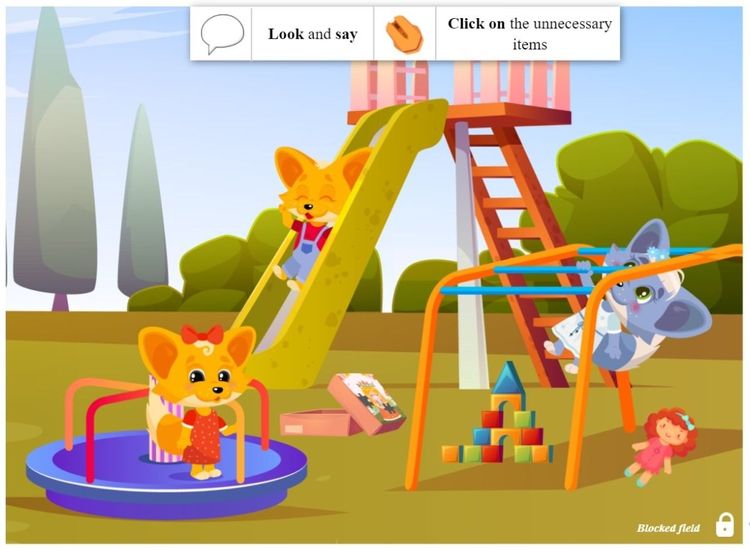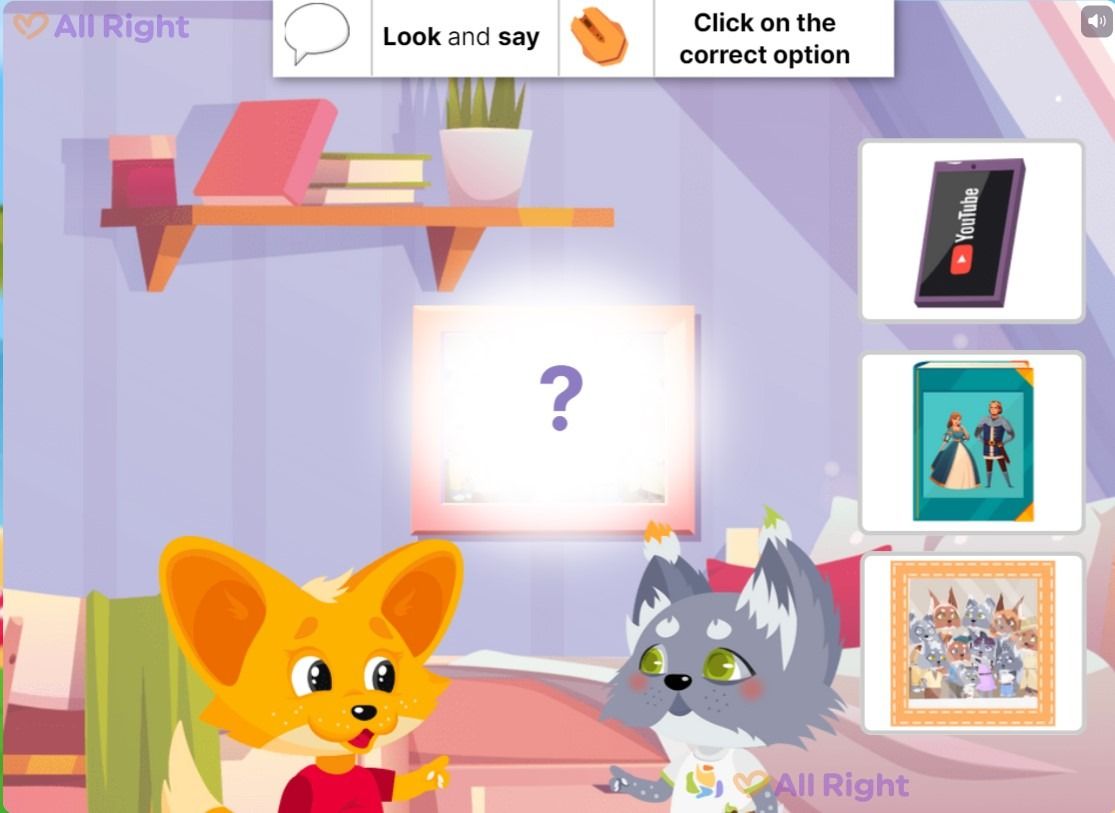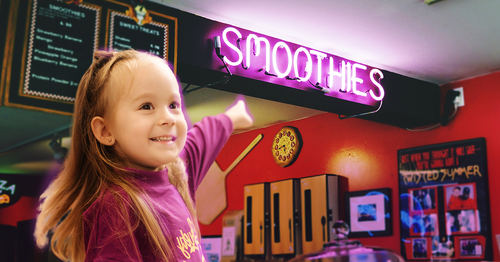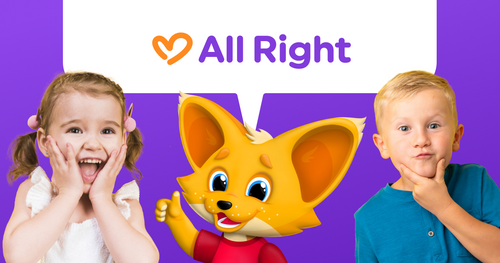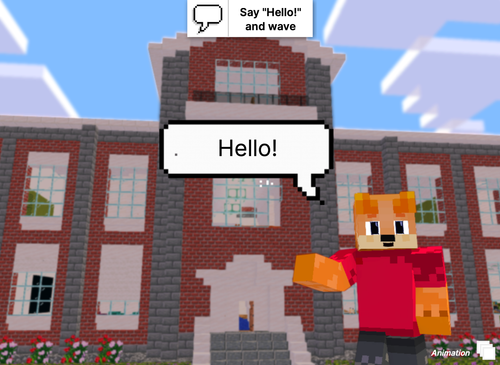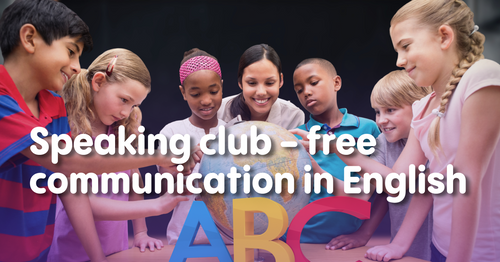PR - the method of "total physical response" - is used in teaching. It means that simultaneously with the repetition of the word, the child performs an action that indicates it. This is one of the most modern and effective methods that significantly increases the memorization of information. In addition, children adore classes based on this method.
Another modern teaching method that is actively used in the classroom is CLIL - studying the world around us through the English language. English becomes not just a subject, but a tool for studying the world around us.
A feature of our program is the uniqueness of the characters. We use our own characters (Charlie, Amy, Bobby, Lucy, and others.) Our characters are "alive", their mood can change, they rejoice at the students' success and empathize with them.
The learning process is based on the principle of gamification.
The key point of gamification is that the student perceives the learning process not as a routine and challenge, but as a game. Level by level, the student approaches the main goal - mastering the course or achieving a certain level of knowledge. Elements of gamification are present in every lesson, for example, students get stars by completing the tasks given by a teacher. Gamification motivates the child to successfully complete the course.

Another characteristic feature of our lessons is the plot development throughout the lesson. Together with the characters, the student solves the tasks by completely immersing in the learning process. Lessons take place in an interactive classroom.
It is equipped with various tools that make it "live", clickable and interesting for the student. During the lesson, the child performs more than 16 types of interactive exercises.
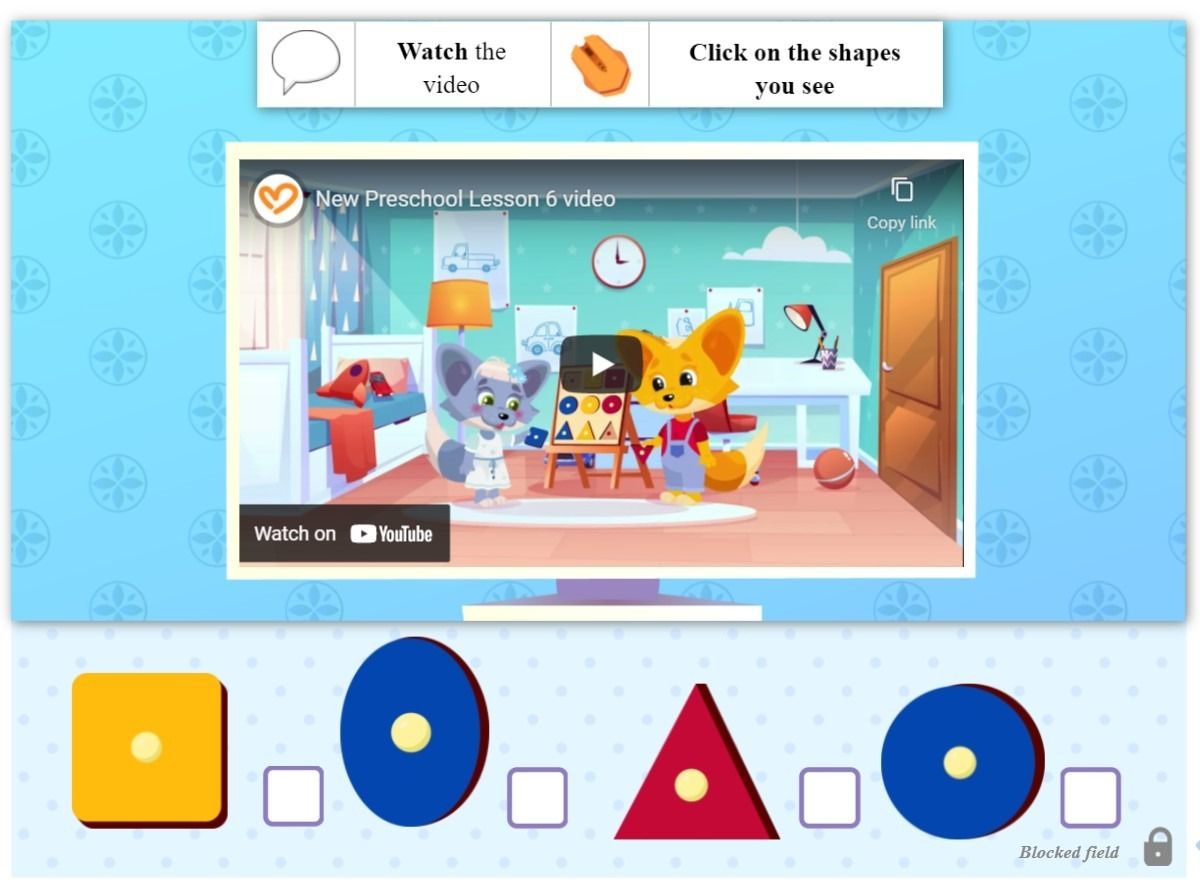
We offer courses for children of different ages (preschoolers 4-6 years old, schoolchildren 7-11 years old and teenagers 11-15 years old). Programs are adapted to different levels, and also take into account the characteristics and interests of children of different ages. You can read more about the programs here.
For example, lessons for toddlers contain fun songs, finger games, colorful videos and exciting stories. Lessons for teenagers are built completely differently. The student and the teacher discuss topics that are interesting in adolescence: gadgets, social networks, travel, hobbies. 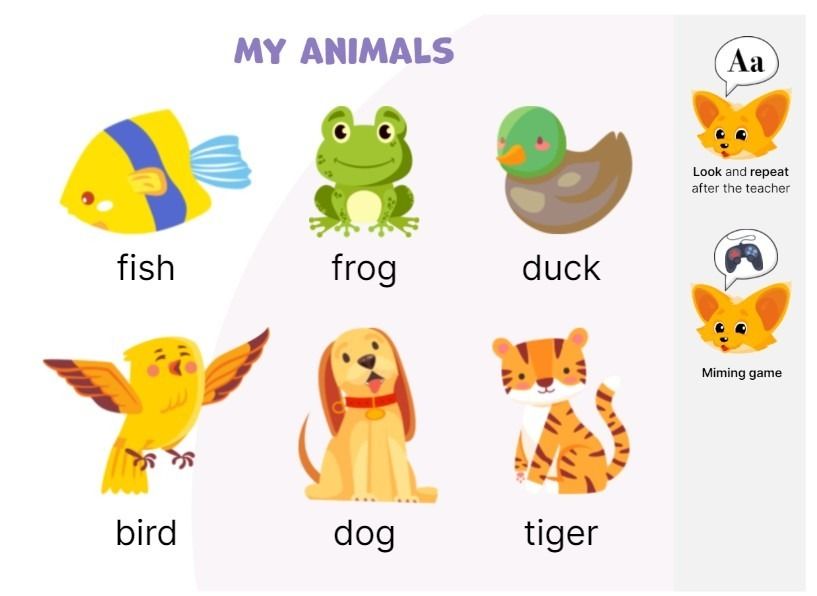
The characters of the courses for different ages are also different. There is a cheerful fox Charlie in the lessons for our youngest students, and the characters of teenage Charlie and his friends will accompany in the classroom for teenagers.
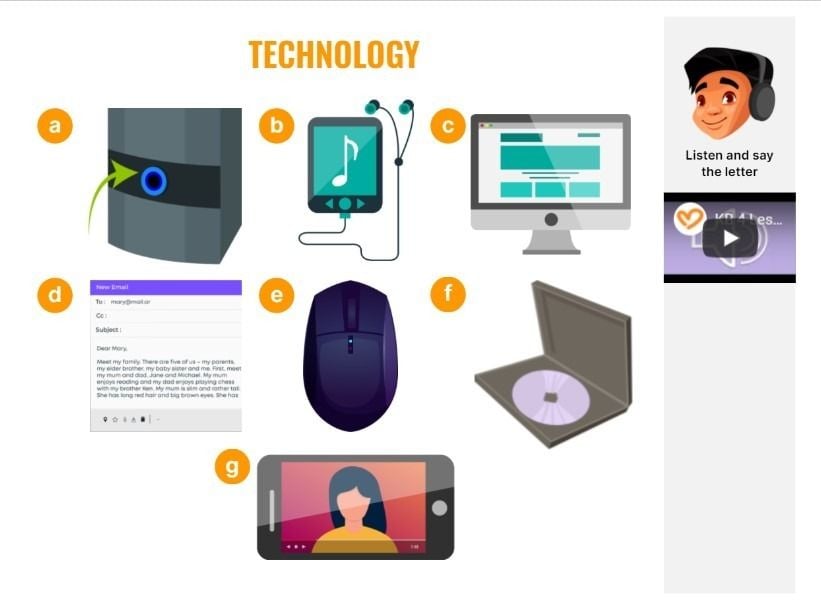
The child's level is determined by the teacher at the trial lesson.
Then, an educational program is individually selected for each student, depending on their knowledge, as well as interests, hobbies and goals.
The program of each course is built in such a way that every 10th-13th lesson the student repeats the studied material. After completing the course, the student takes an exam similar to the Cambridge exams (Starter, Mover, Flyer) to certify the level. The exam assesses the real level of student's knowledge and helps understand how well the studied material is learned.
After each lesson, students get homework assignments. They are available in personal account. Homework assignments are not mandatory, but with them the assimilation of the material is more effective.
Level by level, the student learns grammar, replenishes vocabulary and improves conversational skills. Our program implies an integrated approach to learning. We recommend supplementing individual lessons with classes in Speaking Clubs. Participation is free for our students.

